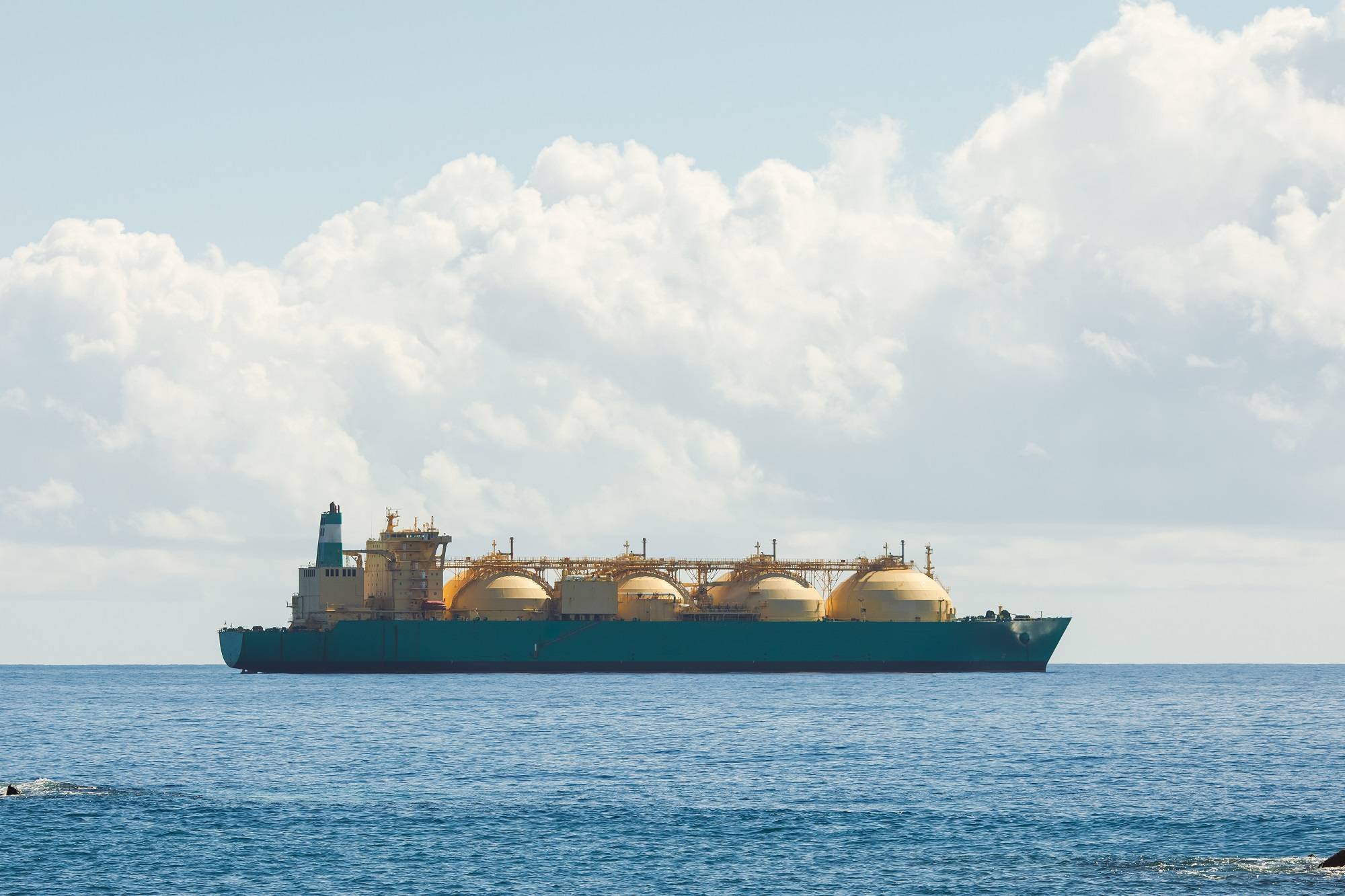Progress toward slashing greenhouse gas emissions from international ocean shipping is well along, but the question of how ship operators will afford greener fuels remains unanswered.
Even as the International Maritime Organization steps up its ambitious schedule of decarbonization, the industry continues to wrestle with issues of cost and availability of alternative fuels. “We’re going into the phase of realization and pragmatism,” said Søren Toft, chief executive officer of Mediterranean Shipping Company, currently the world’s largest container shipping operator. Toft, who also is serving as current chair of the World Shipping Council, spoke at the TPM25 conference in Long Beach, California.
On January 1, 2020, IMO began enforcing a rule limiting the amount of sulfur in marine fuel to just 0.5 percent, down from the previous cap of 3.5 percent. Affecting an estimated 96% of the world’s shipping fleet, the action was estimated to cost container carriers between $10 billion and $15 billion to make the switch to cleaner fuels. (Operators could also meet the new cap in part by installing “scrubbers” that reduce gas emissions.) The expected result, IMO said, was a 70% cut in total sulfur oxide (SOX) emissions from ships.
That was just the beginning of IMO’s campaign to reduce the industry’s SOX emissions. The “IMO 2020” rule became “IMO 2023.” It called for an additional cut of “at least” 40% in greenhouse gas emissions from ships by 2030, compared with 2008 levels. And it set a target of 100% decarbonization of shipping by or around 2050.
In its “vision statement” accompany the new rules, IMO promised a “just and equitable transition” to cleaner fuels. But ship operators, who must work with long lead times to design, order and build new vessels, remain uncertain about what kind of fuels will actually prevail when the ships are ready to enter the trades. Toft noted that MSC has around 5.5 million to 6 million twenty-foot equivalent units (TEUs) of capacity currently on order — ships that are being equipped with dual-fuel engines.
MSC’s orders account for nearly 40% of the total dual-fuel orderbook for containerships — a “massive commitment,” Toft said, “where we have no clear certainty of what fuels will be there.”
MSC is already turning to liquefied natural gas as an interim solution, he said, “because we know that’s available as a viable transition for the next 10 to 20 years. But I’m sure we’ll transition to other fuels as we go down the line.”
Other possibilities include methanol, hydrogen and variations on biofuels, the last category ncluding a mixture of low-sulfur fuel and a substance derived from vegetable oil. But it’s not practical to manufacture all of those types at once. “At every port in the world, will they have five different ‘gas stations?’” Toft asked. “We want to have a global carbon price, and a clear path for what fuels we should use.”
The cost of alternative fuels can be five times or more that of traditional bunkers, and carriers aren’t about to absorb the entire increase. But they’re not fighting the idea of decarbonization. IMO’s new fuel standard is “not controversial,” according to Bryan Wood-Thomas, vice president of the World Shipping Council. “There appears to be broad support across member states to agree to a legally binding greenhouse gas intensity limit for the fuels themselves,” he said on a panel at TPM25.
What’s at issue are the economics of the transition, and their impact on pricing. A system of rewarding carriers that use cleaner fuels could ease the pain, Wood-Thomas said. Or governments could impose a “stick” in the form of a fuel levy. Whatever form the system takes, he added, it’s important that there be “a legally binding global standard to be enforced by the flag states.”
Assuming a levy — actually, a tax — is imposed on vessel operators, the resulting revenue could be used to finance the building of port and bunkering infrastructure in less-developed countries, said Patrick Verhoeven, managing director of the International Association of Ports and Harbors. Some of the funds could even be directed toward climate-protection projects. But the very notion of a new tax could prove tough to sell to the most influential members of IMO.
“We as ocean carriers are stuck between a rock and a hard place,” said George Goldman, president and chief executive officer of ocean carrier CMA CGM North America. “We’ve already spent over $20 billion, and 71% of our ships are already biofuel.”
The question, he said, is “what is a level playing field?” And, who will pay for the more expensive fuels? Ultimately, Goldman said, it has to be the shipper.
Andrea Goeman, senior vice president with freight forwarder JAS Worldwide, agreed, while acknowledging that shippers aren’t entirely onboard with that reality right now. “The acceptance rate is low. There’s a willingness to pay extra, but only on certain lanes,” she said.
“At the end of the day, consumers have to take part of the cost,” Goeman said. “We have to work together as an ecosystem.”






